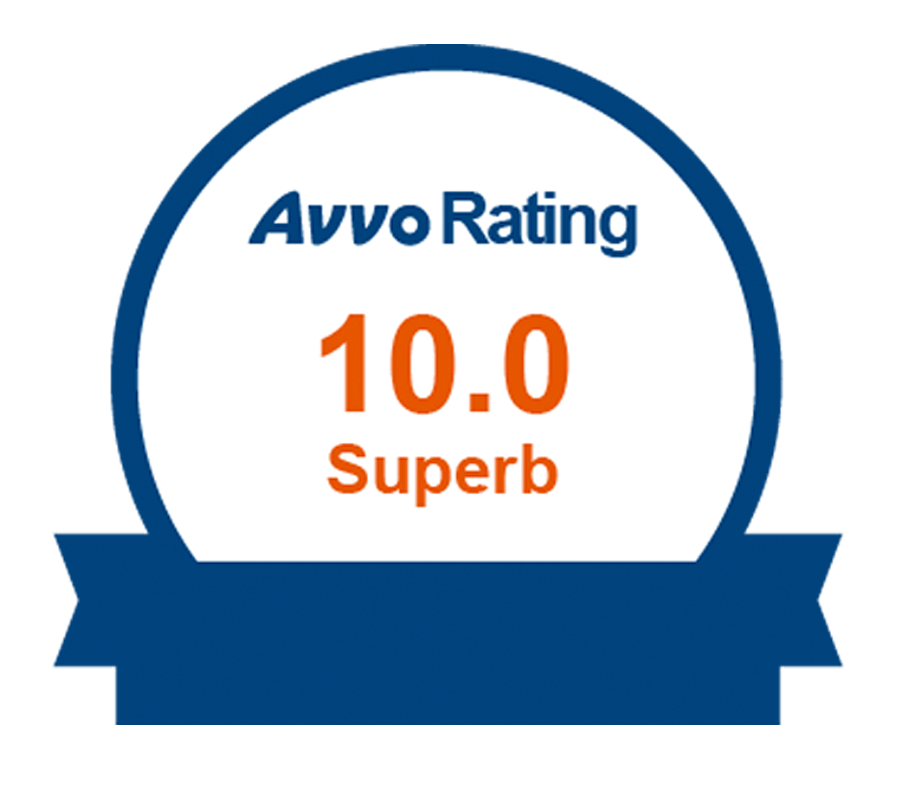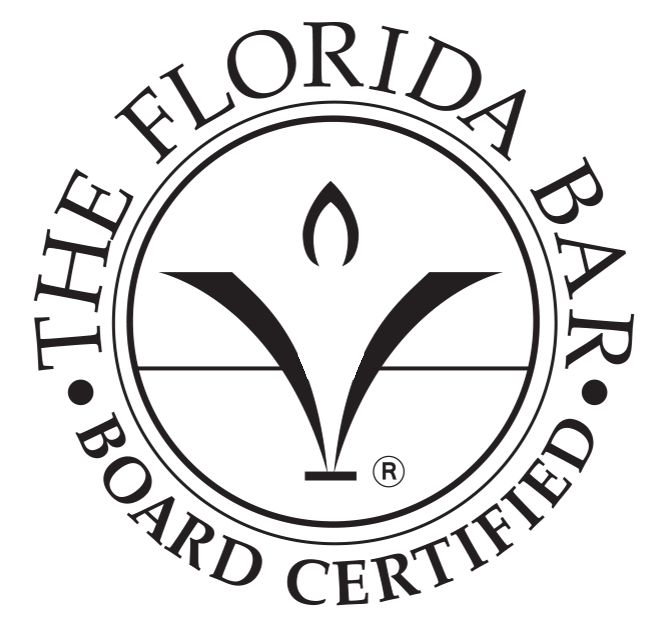You might have heard about the term “pain and suffering” in a news article or report. What exactly is pain and suffering, and how does it relate to the original injuries you sustained in an accident?
According to Florida law, pain and suffering consists of two different areas: physical and mental. Depending on the circumstances surrounding your case, you may be able to successfully receive pain and suffering damages from the responsible party, in addition to the medical costs directly related to the accident. Here, we’ll discuss a few examples that can give you an idea of what this entails.
Physical Pain and Suffering
If you were in a car crash, the negligent driver’s insurance might have covered your medical costs. However, you could have additional expenses not covered by insurance. If, for example, the accident left you with burns that require several months or years of rehabilitation, as well as impact your ability to return to work, you might have a pain and suffering case. The damages could include your ongoing medical expenses and loss of income.
Mental Pain and Suffering
Also commonly called “mental anguish,” this type of pain and suffering applies to the way you were affected emotionally after the accident. You might have post-traumatic stress disorder as a result of the crash. The frustration, hopelessness and depression you feel from not being able to work and having a reduced quality of life can also result in a claim for mental pain and suffering.
As you can see, the different forms of pain and suffering have the potential to affect your life for years. If you were injured through no fault of your own, you may wish to pursue this action against the negligent party. At Zimmet & Zimmet, we have successfully represented numerous clients in their pain and suffering cases. Contact our offices to learn more.











